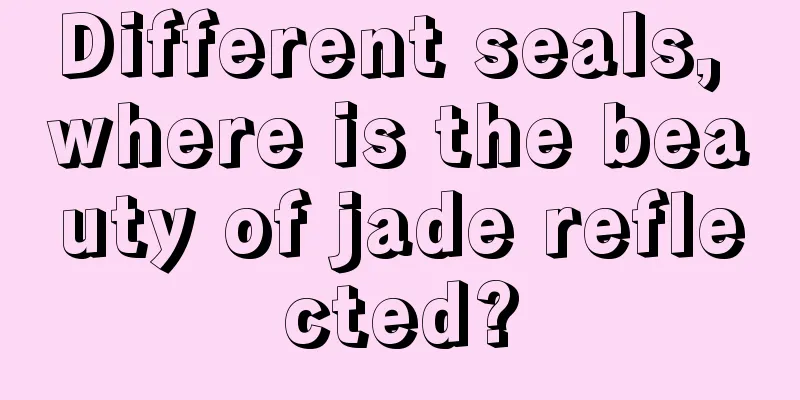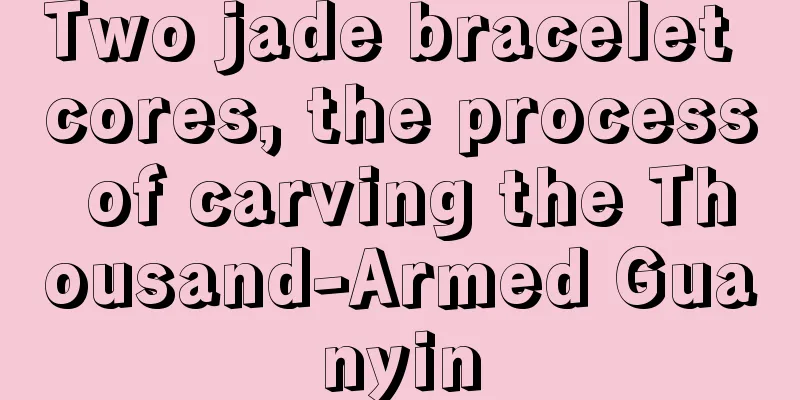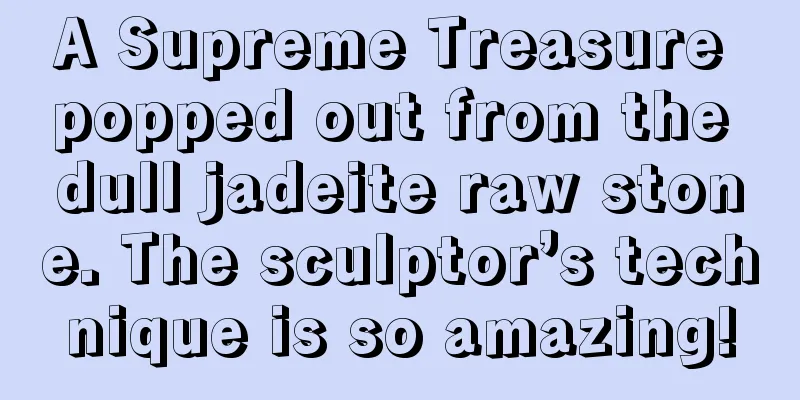Different seals, where is the beauty of jade reflected?

|
The ritual jade culture of the Chinese began in the Zhou Dynasty. The families of scholars and the wealthy were particularly fond of jade, and jade was used to represent a gentleman. The Chinese are accustomed to making jade seals with jade materials of different textures. Jade seals are a collectible art form, and many players have a special preference for them. Jade seals are different from other materials. They are a kind of pearly beauty in a small space. China's seal culture has a long history and is profound. Behind every seal, there is a different story. No matter in the past or now, as an object of cultural appreciation and enjoyment, seals have always carried the thoughts of the seal carver and the soul of the owner, expressing silently: a simple attitude towards life and a profound cultural heritage. A small seal contains extraordinary art and has unlimited potential. It is by no means just a tool to identify the authenticity of calligraphy and painting. People who truly appreciate it will understand that a valuable seal is a treasure of national traditional culture that is full of profound history, exquisite craftsmanship, and friendly humanistic spirit. Seal, it represents power. The ancient emperor's jade seal is the forerunner of the jade seal. Yes, it is the heavy treasure that is often stolen and robbed on TV. A seal also represents credit. A mark may be a proof of strength, a symbol of status, or an overflow of culture. Before the Qin Dynasty, both official and private seals were called "Xi". After the Qin Dynasty unified the six kingdoms, it was stipulated that the emperor's seal was to be called "Xi" and that of the subjects was only to be called "Yin". After the Han Dynasty, seals developed rapidly, especially the number of private seals made of jade began to increase, and both the materials and craftsmanship reached a very high level. By the Ming and Qing dynasties, seals became more commonly used. Seal is the most distinctive thing in Chinese painting. A small seal can be the finishing touch of a picture. In the black and white world, a little red is very eye-catching. The content inside the seal is also very meaningful. It is said that Tang Bohu once carved a seal with the words "The most romantic and talented scholar in Jiangnan" engraved on it. As there are many folk anecdotes about him, later generations called him this. The aesthetic value of a seal can be attributed to two aspects: the artistic beauty of the seal and the beauty of the seal's material. There are tricks to collecting seals. There are two main ways to play: hiding seals and hiding stones. fcgc66 fcpf18 |
<<: What kind of jade is good?
>>: There are so few pieces of icy jade in the Forbidden City?
Recommend
Three pieces of exquisite and clean jade pieces, designed with the theme of horse brand, are really pleasing to the eyes!
What I’m going to share with you today is the pro...
I recommend these 3 types of jadeite suitable for young people!
In China, jade has a unique heritage significance...
Flaws become highlights! Amazing jade carving creativity!
Defects are one of the problems that must be face...
The jade carving technique is amazing.
"Seven parts accumulation and three parts ha...
It may look inconspicuous despite its crystal clearness, but it is so expensive. How should you choose a jade ring?
Most of the articles we read on a daily basis are...
Want to buy jade but afraid of the high price? In fact, you can buy good jade at a low price!
Jade has always given people the impression that ...
Color classification of violet jadeite, a must-read for novice buyers!
There is a classic saying in the jewelry industry...
This is how you should choose jadeite to get the best value for money! Did you know
Jade and jadeite have been the favorites of the C...
The most complete collection of jade varieties, with detailed pictures and texts!
In China, people believe that jade can ensure saf...
How can investing in jade bring us value?
Many people have had this experience and feeling;...
How to cut jadeite rough stone, teach you four steps
How to cut jadeite raw stone? This is a question ...
It took three years to turn a 2.6 kg piece of "fog" into a work of art. The craftsman worked hard.
The piece of yellow-skinned material we are talki...
Four things to note when investing in and collecting jadeite! Must watch!
"Hide gold in troubled times and hide jade i...
How well do jade and cheongsam match? Perfect match!
The beauty of cheongsam transcends time and is a ...
How much do you know about water adjustment of jadeite?
Water adjustment is a technique in jade processin...









